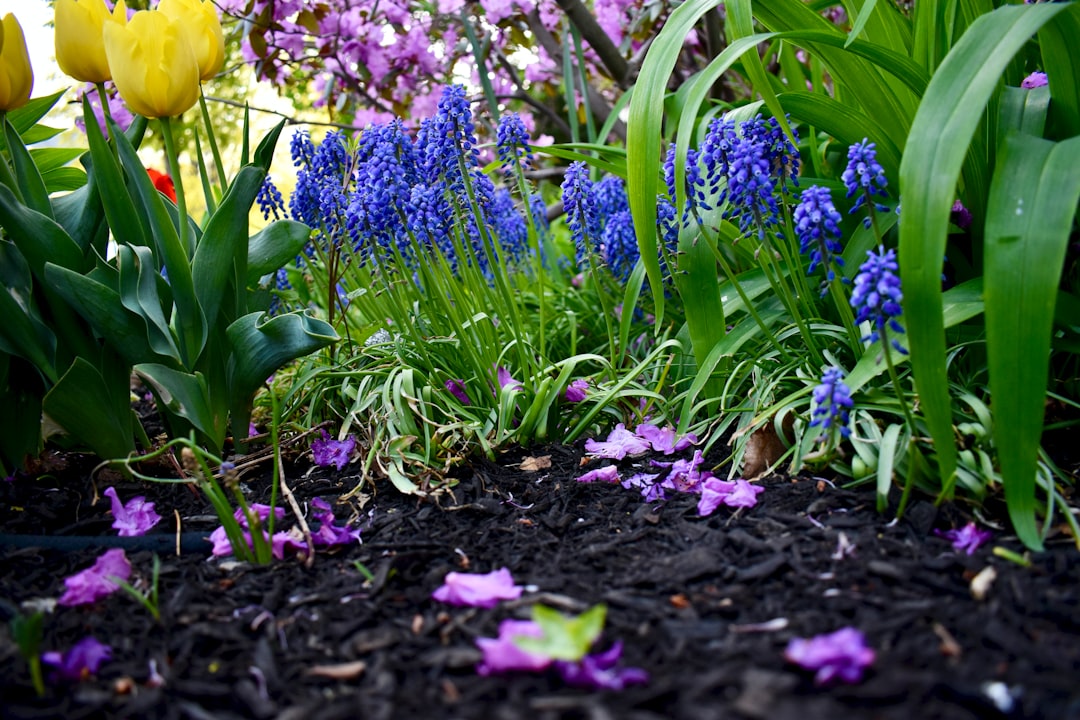The Art of Thoughtful Leaf Blower Use in Your Yard

Maintaining a beautiful yard is a labor of love, and for many, a leaf blower is an indispensable tool in this endeavor. However, the noise and potential disruption caused by leaf blowers can sometimes lead to tension in the neighborhood. In this guide, we'll explore how to use a leaf blower considerately, covering aspects such as choosing a quieter machine, proper timing, and effective techniques that will help you keep your yard in top - shape while also keeping the peace in your neighborhood.
First and foremost, let's talk about choosing the right leaf blower. When it comes to minimizing noise pollution, not all leaf blowers are created equal. There are several factors to consider when selecting a quieter model. One of the key aspects is the type of engine. Electric leaf blowers are generally much quieter than their gas - powered counterparts. Gas engines tend to produce a loud, roaring noise that can be quite disturbing, especially in a residential area. Electric leaf blowers, on the other hand, operate with a more subdued hum. They are also more environmentally friendly, as they produce zero emissions at the point of use.
Another factor to look at is the design of the blower itself. Some manufacturers have invested in advanced engineering to reduce the noise output of their leaf blowers. Look for models with noise - reducing features such as insulated motors or aerodynamic designs that minimize air turbulence, which is a major source of noise. Additionally, check the decibel rating of the leaf blower before purchasing. A lower decibel rating indicates a quieter machine. For example, a leaf blower with a rating of 60 - 70 decibels is significantly quieter than one with a rating of 80 - 90 decibels.
Once you've chosen a quieter leaf blower, the next step is to consider the timing of your yard work. It's important to be aware of your neighbors' schedules and avoid using the leaf blower during times when they are likely to be disturbed. Early mornings and late evenings are generally off - limits, as most people are either trying to sleep or winding down for the day. A good rule of thumb is to start using your leaf blower no earlier than 8 or 9 a.m. on weekdays and 9 or 10 a.m. on weekends. Similarly, stop using it by 6 or 7 p.m. to give your neighbors some peace and quiet in the evening.
It's also a good idea to check your local noise ordinances. Some cities and towns have specific regulations regarding the use of power tools like leaf blowers. These regulations may include restrictions on the hours of operation, as well as limits on the noise level. By familiarizing yourself with these rules, you can ensure that you are using your leaf blower legally and considerately. If you're unsure about the local regulations, you can contact your local government office or check their website for more information.
Now, let's move on to the techniques of using a leaf blower. Proper technique not only helps you clean your yard more efficiently but also reduces the amount of noise and disruption. When using a leaf blower, hold it at a proper angle. A 45 - degree angle is generally recommended, as it allows the air stream to effectively move the leaves without creating excessive noise. Avoid pointing the blower directly at your neighbor's property or at any sensitive areas such as windows or doors, as this can amplify the noise and cause annoyance.
Another important technique is to use short, controlled bursts of air rather than continuous blowing. This not only saves energy but also reduces the overall noise level. Instead of holding down the trigger and blowing continuously, give short puffs of air to move the leaves. This way, you can still get the job done without creating a constant, loud noise. Additionally, try to work in sections of your yard. Start at one end and work your way across, rather than randomly blowing leaves all over the place. This makes the process more organized and reduces the time you spend using the leaf blower, which in turn reduces the noise exposure for your neighbors.
Communication with your neighbors is also crucial. Before you start using your leaf blower, it's a good idea to let your neighbors know in advance. You can simply have a friendly conversation with them, telling them when you plan to do your yard work and how long it will take. This shows that you are considerate of their needs and can help prevent any potential misunderstandings. If you have a long - term yard project that involves extensive use of the leaf blower, you might even consider offering to compensate your neighbors in some way, such as bringing them a small gift or offering to help with their yard work in the future.
In conclusion, using a leaf blower considerately is all about finding a balance between maintaining your yard and respecting your neighbors. By choosing a quieter machine, being mindful of the timing, using proper techniques, and communicating with your neighbors, you can enjoy the benefits of a clean yard without causing unnecessary disruption. Remember, a little consideration can go a long way in creating a harmonious neighborhood environment.